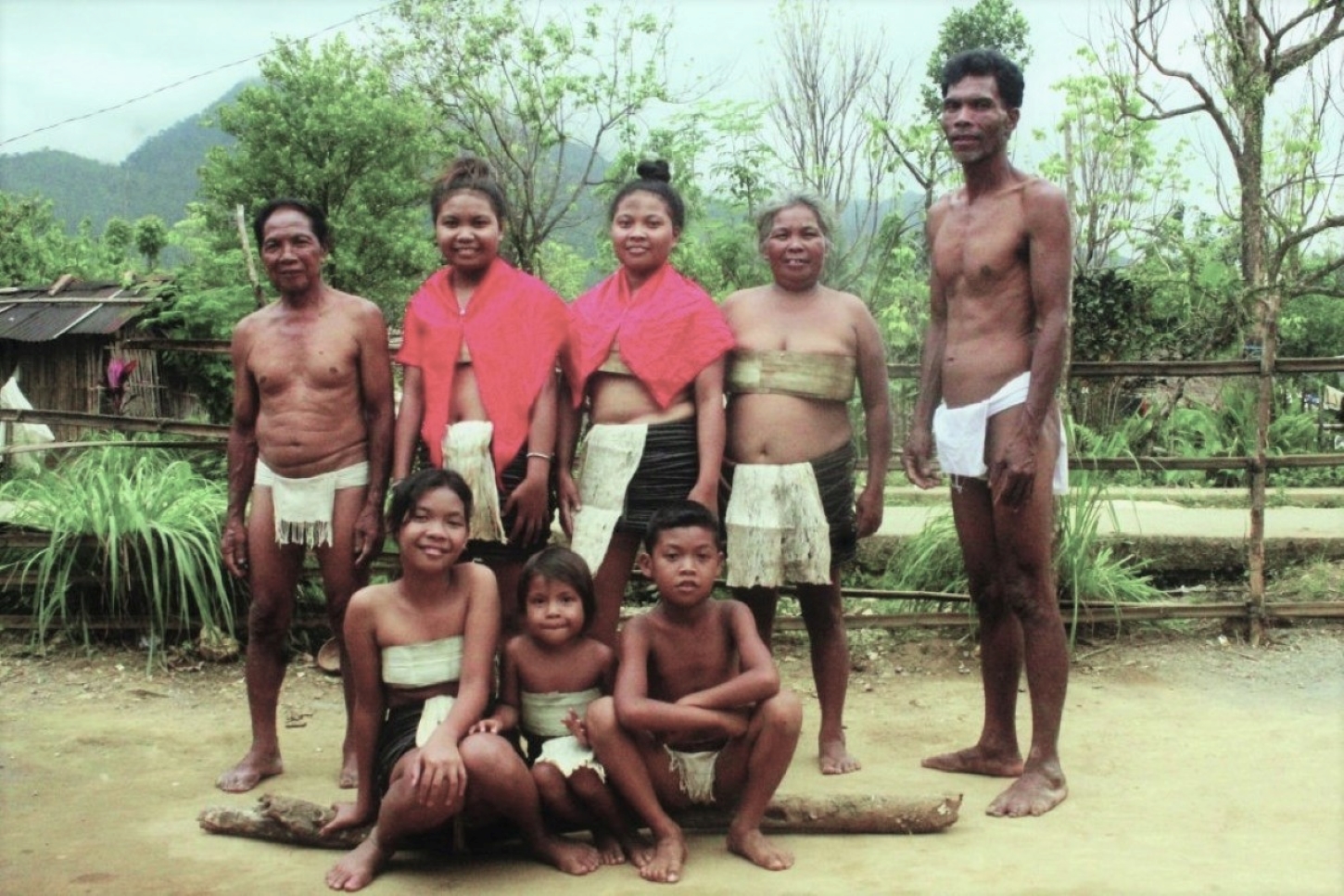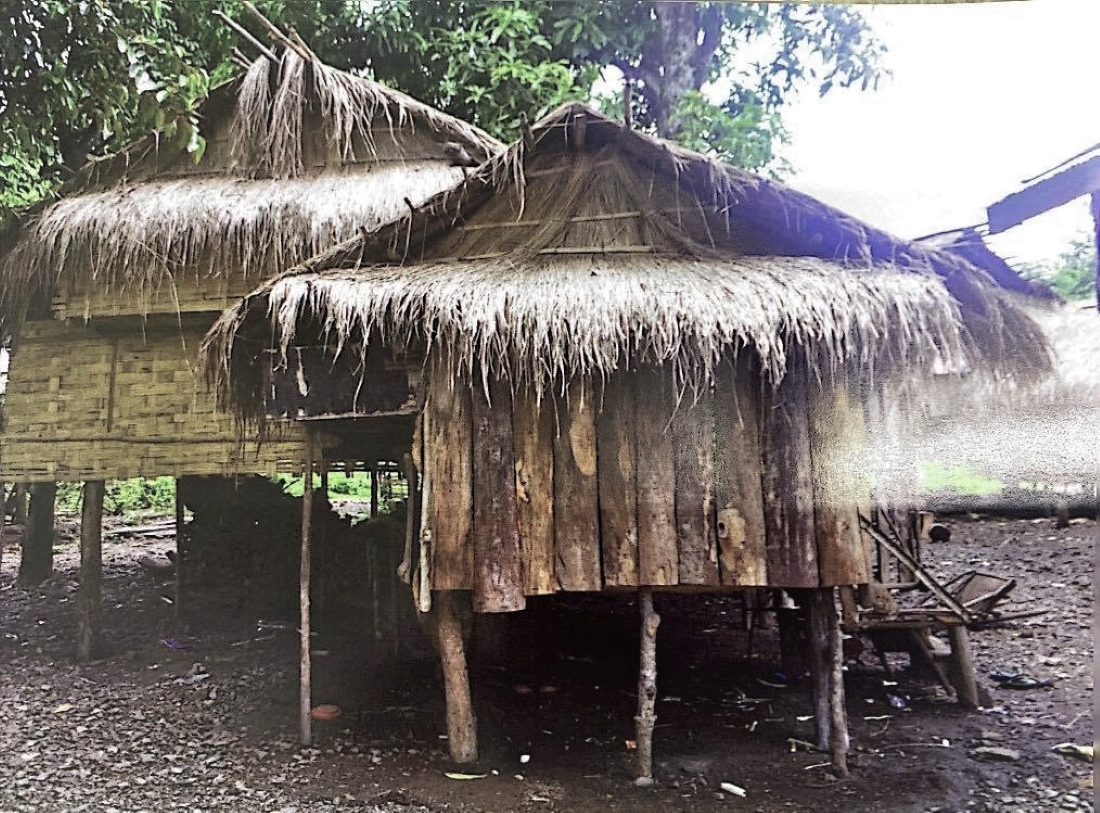CALAPAN CITY, Oriental Mindoro (PIA) – National Indigenous Peoples (IP) Day is an important and significant day that commemorates the history, culture, and contributions of the IPs in the Philippines. Celebrated on August 9, this day honors the diverse heritage of IP communities in our country.
One of the existing Indigenous Peoples (IPs) in the provinces of Oriental and Occidental Mindoro is the Alangan Mangyan. Most of them are living at the foot of Mt. Halcon. According to the National Commission on Indigenous Peoples (NCIP), most of the Alangans live near the riverbank of the Alangan River.
The term 'Alangan' came from the name of the river which is located between the mountainous terrain of Oriental and Occidental Mindoro. In other words, historians described the name Alangan literally as ‘in between’.
Nowadays, the ancestral domains of the Alangan cover the municipalities of Sablayan and Sta. Cruz in Occidental Mindoro and Victoria in Oriental Mindoro. Due to various factors and effects on the environment, there are also Alangans in the municipalities of Naujan, Baco, and San Teodoro.

The Alangan Mangyans wear their traditional lingeb and abay made from woven nito of forest vines. (Photo courtesy of NCIP)
The women Alangans traditionally wear 'lingeb', a kind of skirt that is made of long strips of woven nito of forest vines and wrapped around their abdomen which serves as an undergarment. This is worn together with an ‘abayen’ or skirt made usually from the bark of the Barokan tree and ‘ulango’ or upper covering made from the leaf of the wild buri palm.
On the other hand, the men Alangans wear 'abay' or breechcloth made from the bark of the tree pounded and washed then dried. Sometimes they also use a piece of cloth with fringes in front and a knot made from the nito and wrapped around their waist. It comes with a knife used essentially when they are chewing betel nuts or worn when they are gathering food in the forest.

Alangan Mangyans are mostly living in a ‘balaylakoy’, a large house made of bamboo poles, cogon grass, rattan strips or vines, and the bark of the trees for outside covering of the house. (Photo courtesy of NCIP)
Alangan Mangyans are mostly living in a Balaylakoy, a large house made of bamboo poles, cogon grass, rattan strips or vines, and the bark of the trees for outside covering of the house. The house has only one section, wherein each one of them is occupied and composed of between 20 to 50 families. The house is divided by poles and has a ‘poypoyan’ or fireplace. The entire household of Alangan Mangyans is usually supervised by a ‘Kuyay’ or an elderly person.
The highest leader of the Alangan tribe is called Tanungan and the next authority is called a Nayon, who serves as the sitio leader and is consulted by the community members. The Nayon always accompanies the Tanungan, especially during meetings and dialogues. Moreover, the council, known in the vernacular as Bokal or Konsehal is the third person in authority in the community. The Bokal executes the punishment for those who violate their customary laws.

